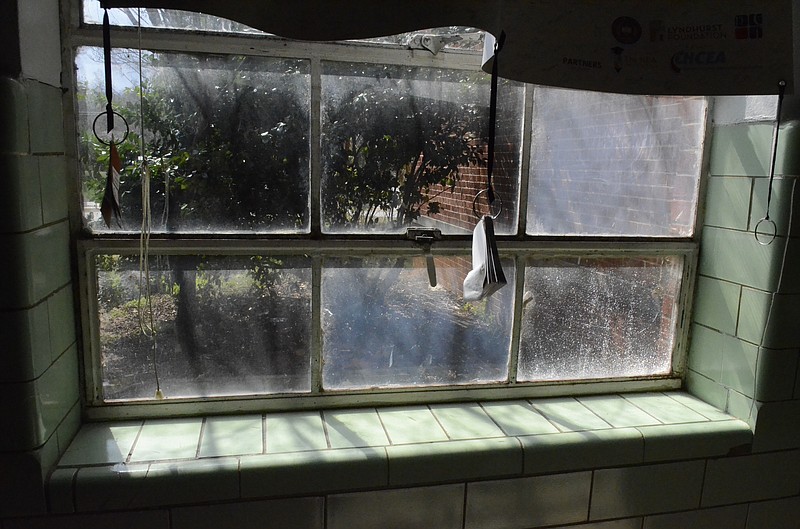Some things never change. Some things like county commissioners bragging in whispers that they'll get school fields and school repairs in their district in exchange for their support on a vote that raises taxes - in part for $100 million in new funding for school capital needs.
Certainly that's how things have worked here in the past, but it isn't how things should work in the future.
Last week, UnifiEd became at least the second local group to try getting in front of this thorny, wasteful and steamrolling Hamilton County tradition.
UnifiEd wrote an open letter to new Hamilton County Schools Superintendent Bryan Johnson and Board of Education Chairman Steve Highlander, asking them to initiate an audit of the schools' capital needs and the creation of a multi-year capital plan. Repeat: a real audit and multi-year capital plan.
The idea is a bit of an echo from another recommendation and report released in May by a Hamilton County Schools Budget Working Group consisting of 11 business and community leaders. The group, including David Eichenthal and Nick Decosimo, spent six months analyzing the school district's budget and operations, seeking ways to spend education money more efficiently and boost student learning. They did so at the request of County Mayor Jim Coppinger, who wanted an independent and neutral review of the school district's financial situation.
The group's numerous conclusions and recommendations amounted to tough love: Plan far better and far out into the future, using the help of developers and the city/county planning commission so that - for instance when the county uses part of this recent de-facto tax increase to build a new wastewater treatment plant in the northeastern end of the county to accommodate 10,000 new homes, there will be school capacity when and where it's needed for an influx of new students.
Another even tougher-love recommendation was to reduce the number of schools - and reduce the number of teachers.
After reading the business group's nearly 70 pages of findings and recommendations, it was easy to see that less is more - unless we were talking about planning, revenue and leadership.
In May, Hamilton County had 79 schools, 43,797 students, 3,058 teachers, 184 school administrators and - until now - about $420 million dollars with which to fix the falling scores that follow 60 percent of each year's third-graders who get to their summer break without learning to read well enough to keep up in future years.
In most years, we have band-aided schools with more teachers and more money - usually from foundations and rarely from tax increases. Clearly that hasn't worked for us as a long-term strategy.
We have an average of 14 students per teacher, compared to a 16-to-1 ratio statewide and an even higher ratio nationwide. We also have fewer students per school than other systems statewide and nationwide, and we have a $200-plus million backlog in deferred facilities maintenance - including five schools that each need more than $10 million in repairs.
But if we close some of the most-dilapidated schools, rezone and think strategically - especially with the help of the county planning commission and developers - about what schools should be redesigned, expanded or built new, we can invest much of what would have been maintenance or building money into classroom priorities.
"There has to be an investment for future savings," Decosimo said when the schools budget working group's report was made public in the spring. And that investment needs a complete and well-researched plan.
The school system's response to UnifiEd suggestion - and to the business group's recommendations before that - left much to be desired.
A news release last week stated that the system "looks forward" to tackling the needs, and Johnson "will work closely" with the school board to decide which projects "will benefit" from the new money.
It is worth noting here that school board members' districts mirror county commissioners' districts.
The school system's statement also notes that a current facilities assessment was completed on Jan. 20. But that assessment amounts to a spreadsheet - not an audit that takes into consideration future needs, population trends, utilities or teacher efficiencies.
The county commission's recent move to provide $100 million to the school system for capital projects was important, overdue, bold, encouraging and absolutely the right thing to do.
But now we need a real plan - not just a bunch of deals.
What we especially do not need is a bunch of deals based on a spreadsheet, a district map and a few handshakes in preparation for the next election.
